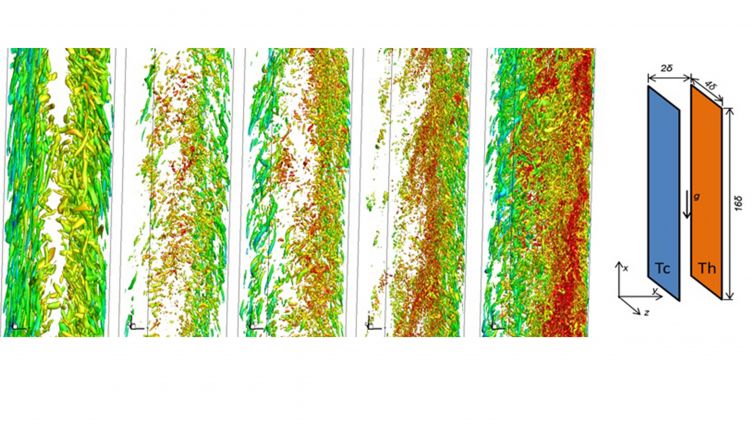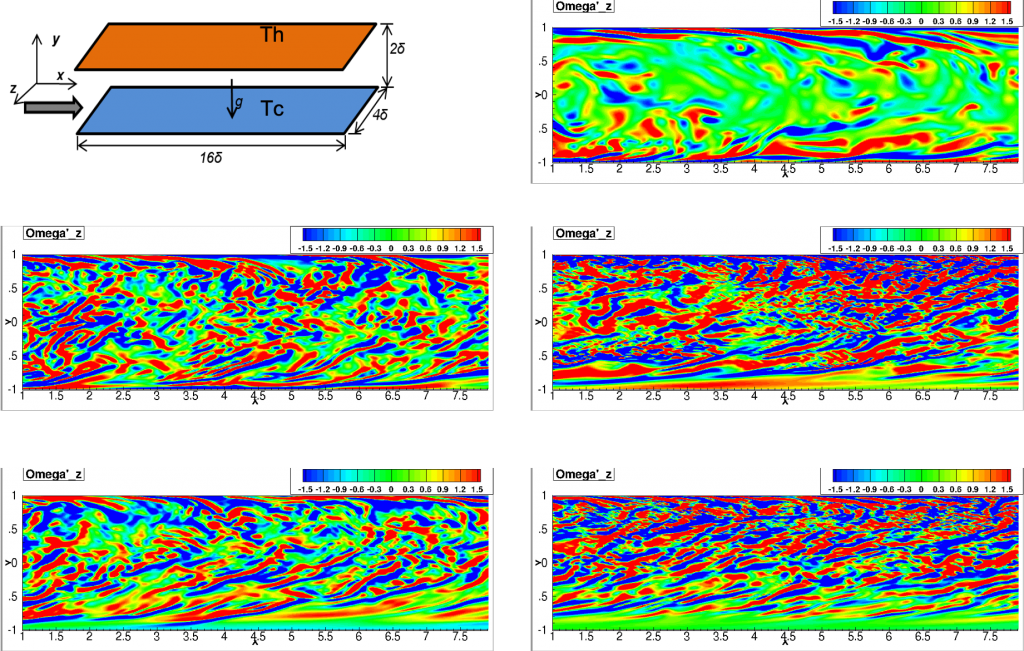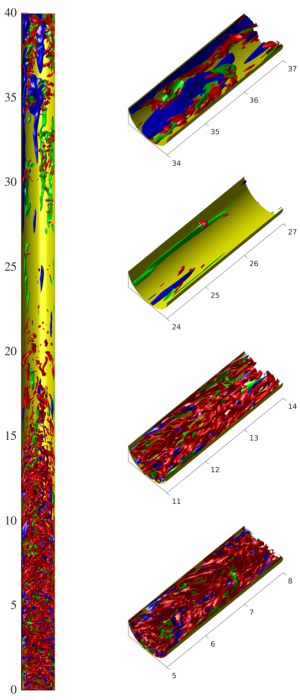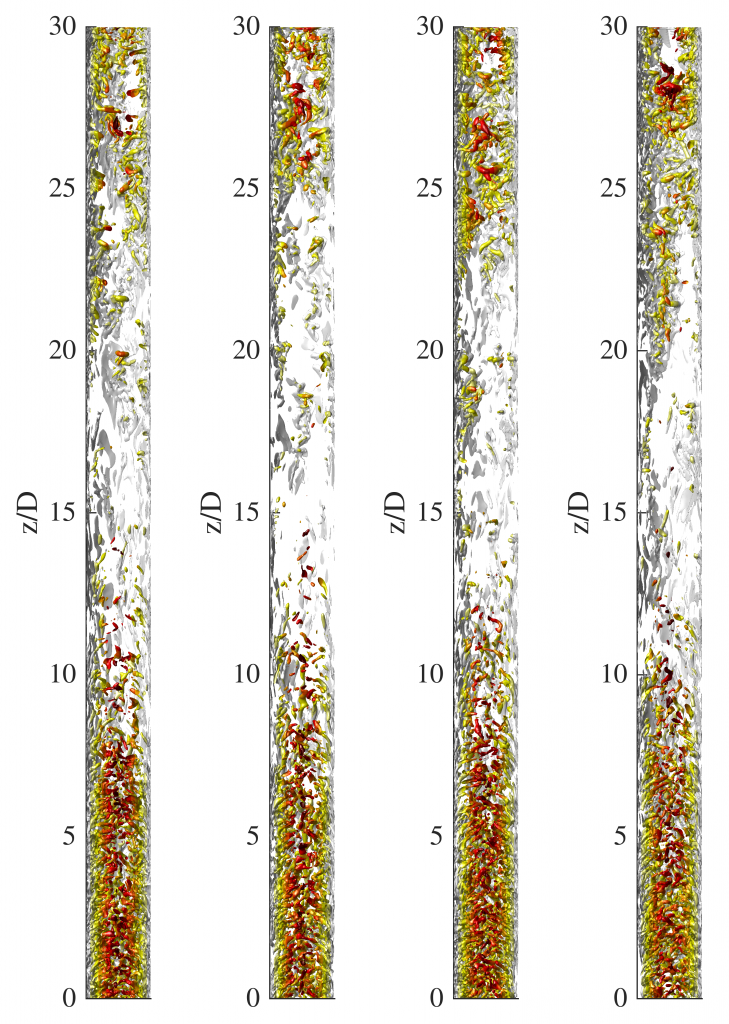Images
Here are some selected experiments/simulation images. If you want to contribute to this section, please contact us.
High Fidelity LES/DNS to fundamental study




Code-to-code coupling and multiscale/multiphysics modelling



Couple fluid dynamic and neutronics codes modelling of corrosion in MoltenSalt Fast Reactors. Credit: Greg Cartland-Glover (STFC, UKRI, UK)


Conjugate heat transfer and wall thermal stress investigations in a U-bend using code-code coupling. The CFD solver is Code_Saturne5.0. The structure solver is FEniCSv2019.1.0. The coupling interface is MUI. Credit: Wendi Liu (STFC, UKRI, UK)
